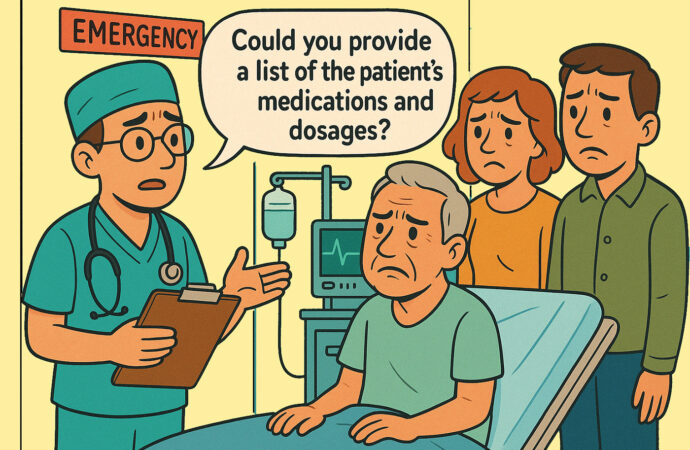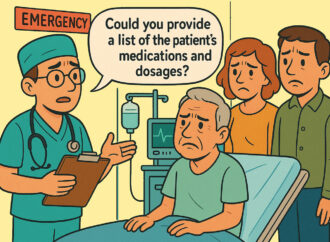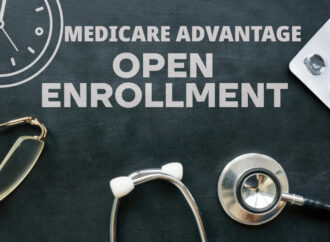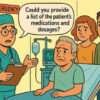A trip to the emergency room isn’t the kind of “trip” anyone plans for. And it’s one that no one wants to take. Nevertheless, it’s a trip that many of us have to deal with at some point — especially as we, or our loved ones, age. And that’s why a bit of “just in case” planning is important.
The stress and trauma of going to the ER is unsettling. But it can be equally upsetting to be unable to answer some or all of the important questions medical personnel ask in the emergency department. That’s why it’s important to keep medical data on hand for yourself and your loved ones. Here’s what you need and how to keep the medical history with you.
What Happens When You Reach the Hospital Emergency Department
The first thing that happens at the hospital is that the staff assesses the nature and urgency of the patient’s injury or illness. Then they ask for information the doctors will need while treating the patient. Some of that information, such as address and contact information, should be easy for the patient or family members to answer.
But there’s other critical medical information the ER will ask for, too. The medical team may require information that you, the patient, or their family may not recall, but it is crucial for the medical staff to make the best treatment decisions for the patient.
How to Keep Medical Information at Hand
Fortunately, with a little advanced planning, it’s easy to have those important medical details on hand in an emergency situation: Store the information on your smartphone.
Using whatever notetaking function or document creation function you have on your phone, create a separate document for yourself and each family member. (If you don’t have a note-taking function or don’t know how to use it, list the information on paper and use your phone to take a photo of the list.)
What Information the Emergency Room May Need
Each document should include as much of the following information as you can gather:
- Names and phone numbers of the patient’s doctors (primary care as well as any other doctors or dentist they see).
- List of prescription medications, supplements, dosages, and schedule for taking each
- Medical conditions such as heart disease, diabetes, cancer, or other chronic conditions
- Past surgeries
- Implanted devices (i.e., pacemaker, joint replacement)
- Allergies
- Pharmacy name, phone number and location
- Use of eye glasses, hearing aids or other assistive devices
- Health insurance provider(s) and policy numbers
- Relatives and other emergency contacts
Update and Save the Medical Information
Be sure to update the records whenever there are changes or addition to each individual’s doctors, prescription medicines, etc. And save a copy of each of the records in a cloud account such as Google Drive, OneDrive, or iCloud so you can access it if your phone gets lost or dies and the data can’t be retrieved.
Disclaimer: The information on this website is provided for informational purposes only and should not be considered as legal, tax, accounting, or medical advice. Please consult a licensed professional for help with any specific questions and issues you may have.
Image source: ChatGPT














Leave a Comment
Your email address will not be published. Required fields are marked with *